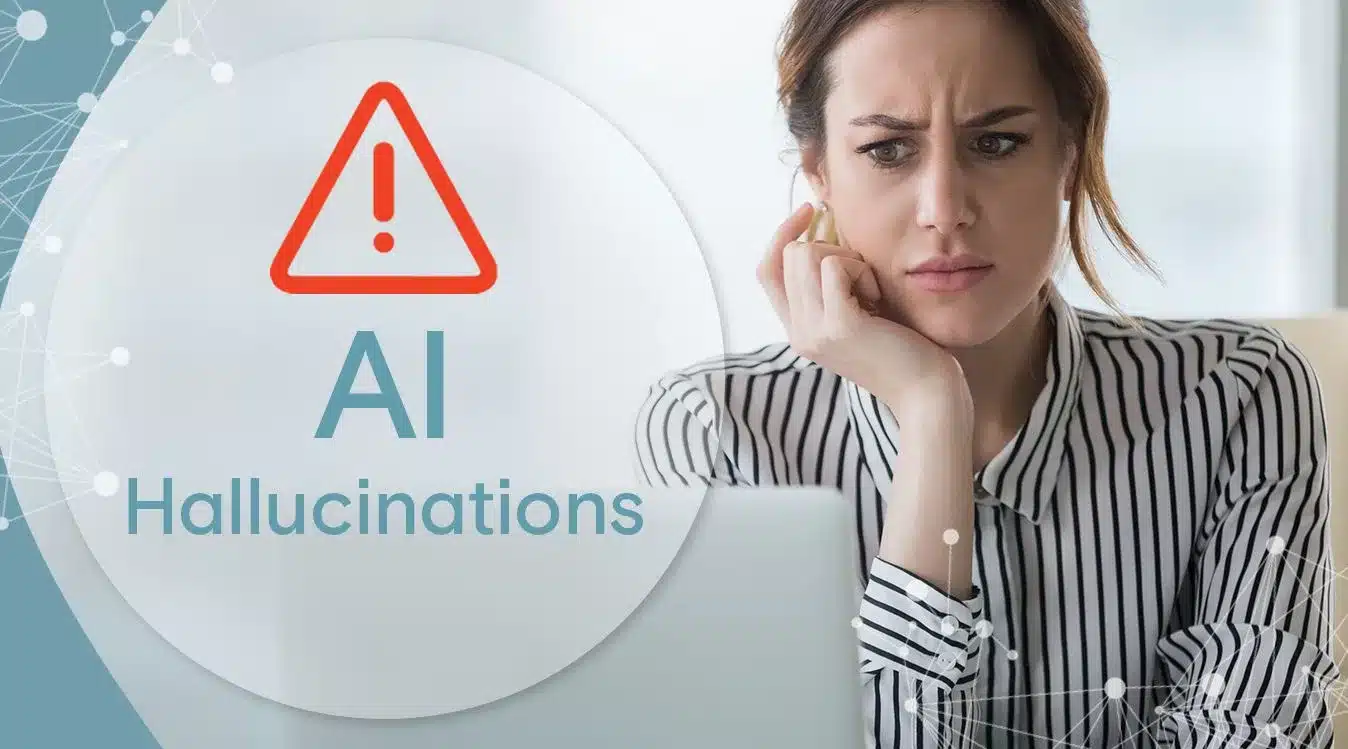Why AI Models Halucinate – Understanding and Mitigating AI Hallucinations
In an era where artificial intelligence is as commonplace as smartphones, the reliability of these AI systems is increasingly under the microscope.
One issue that’s been gaining attention is the phenomenon of AI “hallucinations.”
This isn’t a figment of science fiction but a real-world problem where AI language models generate false or misleading information.
The implications are far-reaching. For example, consider an insurance company that employs an AI model to process claims. A mere 1% rate of hallucination could lead to a significant number of incorrect decisions, affecting thousands of lives.
The topic has ignited discussions in academic circles, tech forums, and even social media platforms like Reddit.
Opinions are divided: some argue that this is an inherent flaw in the system, while others believe that with the right strategies, the issue can be mitigated.
So, what’s the reality?
Are AI models forever doomed to generate make-believe, or can we tether them back to factual accuracy?
This article aims to dissect this complex issue, offering insights into the causes, repercussions, and potential countermeasures for AI hallucinations.
Why AI Hallucinates
AI language models are trained on an enormous range of data, from scholarly articles to tweets.
This extensive training allows them to generate text that closely mimics human language.
However, it also exposes them to a plethora of misinformation. The crux of the problem lies in the models’ inability to discern truth from falsehood.
They identify and replicate statistical patterns in the data they’ve been trained on, without any understanding of the concept of truth. This leads to the generation of false claims that, while often sounding plausible, are fundamentally incorrect.
For example, if a model is trained on a dataset that includes conspiracy theories, it might inadvertently propagate these theories when generating text.
This is not just a theoretical concern; it’s a real issue that could have serious implications, especially when these models are used in decision-making processes in sectors like healthcare, finance, or law.
Mitigating the Mirage
While completely eliminating AI hallucinations may be a pipe dream, there are ways to mitigate the issue.
One such strategy is fine-tuning the model using human feedback through a process known as reinforcement learning.
This iterative method allows the model to learn from its errors, thereby reducing the frequency of hallucinations over time.
Another approach is to curate the training data meticulously, removing any sources known to propagate misinformation.
The Silver Lining
It’s worth noting that not all AI hallucinations are harmful.
In some cases, they can lead to creative insights by generating unexpected associations or ideas.
The challenge lies in finding the right balance between utility and potential harm. By understanding both the limitations and the capabilities of AI models, we can use them more effectively.
For instance, in creative fields like advertising or content creation, an AI’s ability to make unexpected associations could be harnessed for brainstorming sessions.
The goal is not to eliminate hallucinations entirely but to understand when they can be useful and when they can be harmful.
Conclusion
In the grand scheme of things, the question isn’t whether we can create a perfect, hallucination-free AI model. Rather, it’s about how we can minimize the risks while maximizing the benefits.
As AI technology continues to evolve, it’s imperative that we address these challenges head-on.
The aim is not to achieve an unattainable ideal of perfection but to find a practical balance that allows us to use AI as a reliable tool rather than a capricious oracle.
So, are AI models destined to live in a world of illusions? Maybe. But with the right strategies and a nuanced understanding of the issue, we can turn this potential flaw into an avenue for improvement and innovation.
FAQs
What Are AI Hallucinations?
AI hallucinations refer to the phenomenon where AI language models generate false or misleading information. This is due to the models’ inability to discern truth from falsehood, as they rely solely on statistical patterns in their training data.
Are All AI Models Prone to Hallucinations?
While the extent may vary, most AI language models are susceptible to hallucinations to some degree. This is because they are trained on vast datasets that can include misinformation, and they lack the ability to understand the concept of truth.
Can AI Hallucinations Be Completely Eliminated?
The current consensus is that completely eliminating AI hallucinations may be unrealistic. However, there are mitigation strategies, such as fine-tuning the model with human feedback and curating the training data, that can reduce the frequency and impact of these hallucinations.
Are There Any Benefits to AI Hallucinations?
Interestingly, not all AI hallucinations are harmful. In some cases, they can lead to creative insights by generating unexpected associations or ideas. The key is to understand when these hallucinations can be useful and when they can be harmful.
How Can I Trust an AI Model for Important Tasks?
While it’s crucial to be aware of the limitations of AI models, many are still incredibly useful tools when used responsibly. Always consider the potential for error and use human oversight for critical tasks. Some companies are even working on hybrid models that combine AI outputs with human expertise for more reliable results.
Is This Issue Being Actively Researched?
Yes, the issue of AI hallucinations is a hot topic in the field of artificial intelligence. Researchers are actively exploring various mitigation strategies to make these models more reliable.
How Does This Affect Me as an End-User?
As an end-user, it’s essential to be aware that AI-generated content may contain inaccuracies. Always cross-reference information and exercise critical thinking when interpreting AI-generated content.







